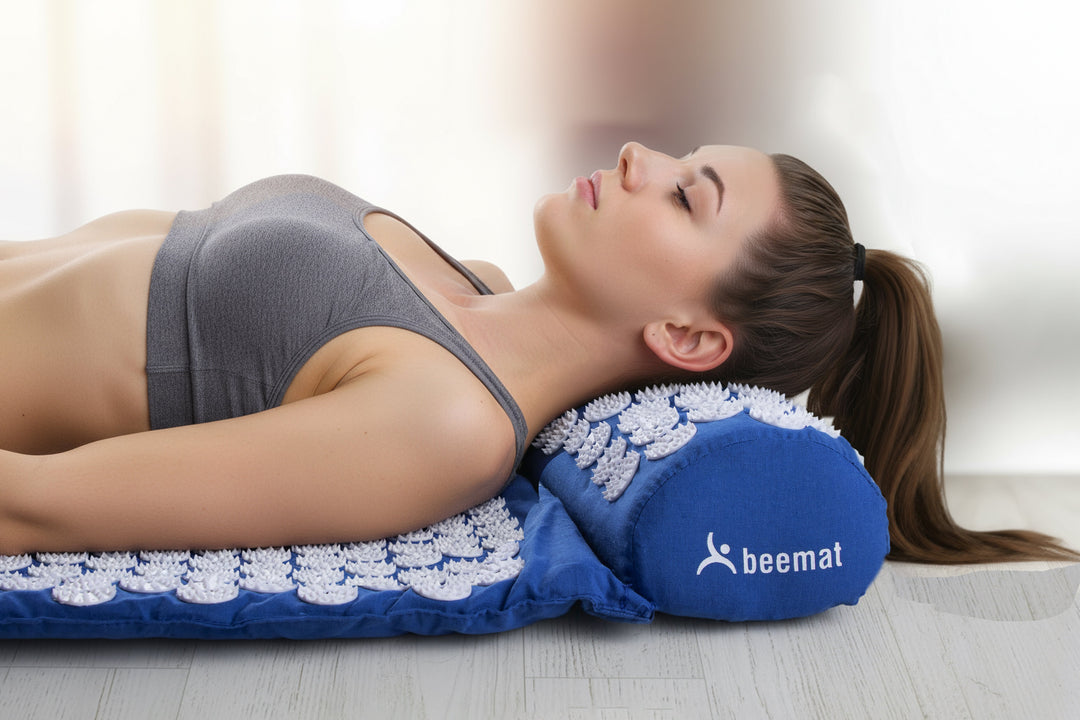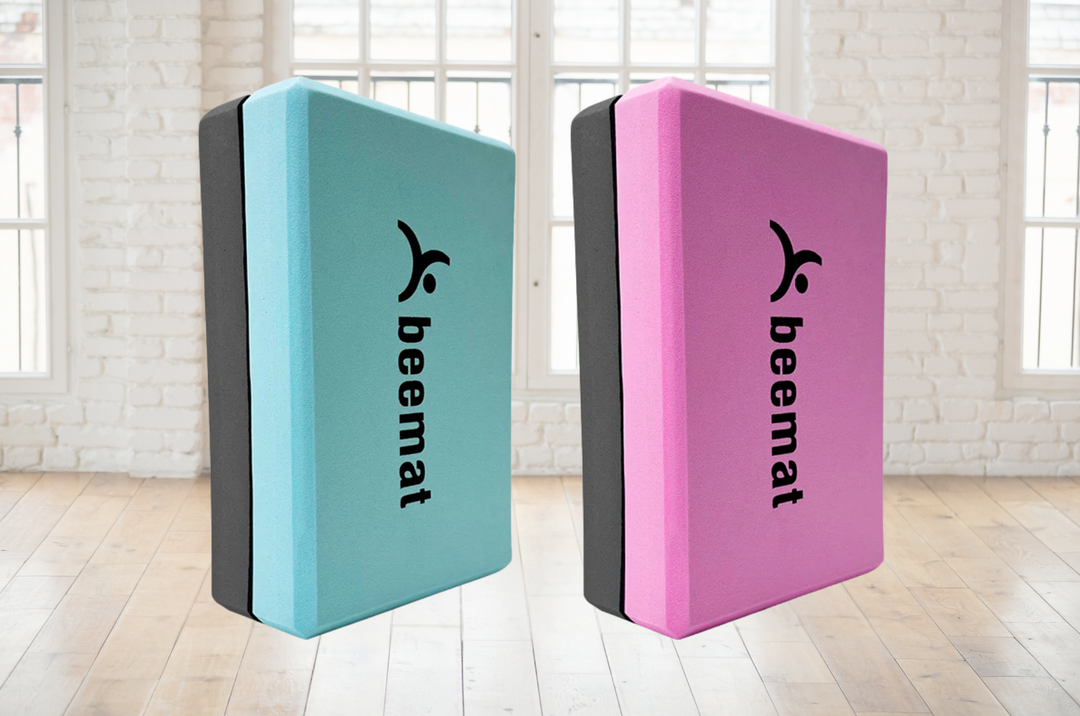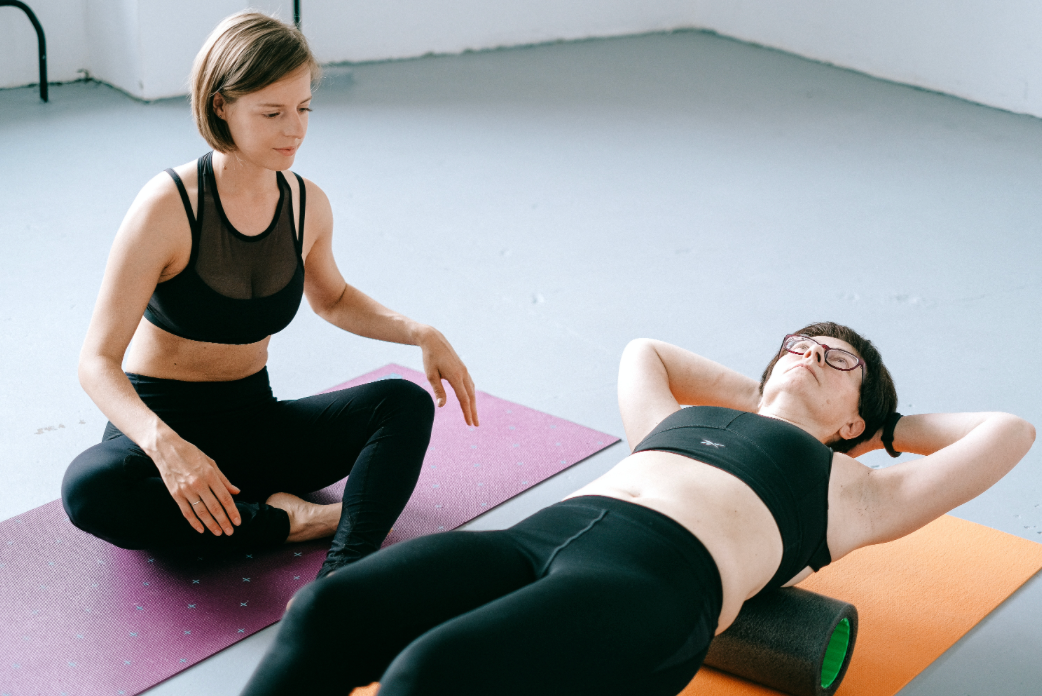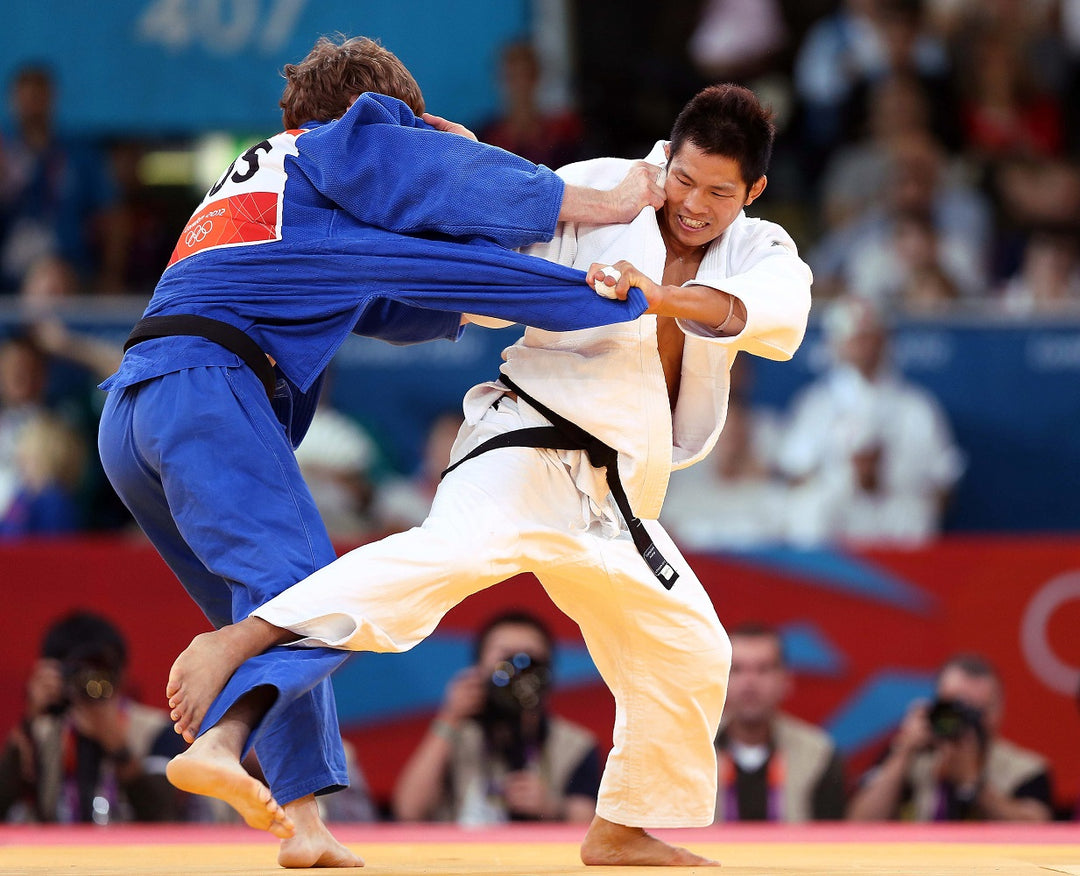5 Things You Can't Ignore When Choosing Your Yoga Mat
Choosing the right yoga mat is a vital first step in your yoga journey. The mat serves as your personal space, providing comfort and support while you explore various poses. It needs to be durable, provide adequate grip, and suit the type of yoga you practice. A high-quality mat can improve your alignment, prevent injuries, and enhance your overall experience. Therefore, investing time in selecting the perfect yoga mat is not just about comfort, but it's also about ensuring safety and maximising the benefits of your yoga practice.
Why Choosing the Right Yoga Mat Matters
The right yoga mat can significantly influence your yoga practice, impacting not only your comfort but also your performance and safety. A good quality mat provides the necessary cushioning between your body and the floor, protecting your joints during various moves. It also offers a non-slip surface, crucial for maintaining balance and preventing injuries, especially in poses that require stability. The right mat can enhance your focus too. If you're not worried about slipping or discomfort, you can fully immerse in your practice, improving your alignment and breath control. The right mat can cater to your personal needs. For instance, if you travel often, a lightweight and foldable mat would be ideal. On the other hand, if you practice hot yoga, you'd need a mat with superior grip and moisture absorption. Therefore, the right yoga mat is more than just an accessory; but a tool that shapes your yoga experience.
Sustainability Meets Wellness
Eco-friendly yoga mats are gaining popularity due to their numerous benefits for both the individual and the environment. Beemat ECO TPE Yoga Mats are made from TPE Material (Thermoplastic Elastomers), this quality Yoga Mat contains no latex, rubber, or toxins, making it perfect for those looking to maintain an eco-friendly lifestyle.
One of the significant advantages of eco-friendly mats is that they're non-toxic. This means practitioners won't be inhaling any harmful toxins during their yoga practice. Eco-friendly mats also provide durability that matches, and sometimes even surpasses conventional mats. Choosing an eco-friendly mat is not only a step towards a more sustainable yoga practice, but it's also an investment in personal health and well-being. It represents a conscious decision to prioritise both personal health and environmental responsibility
Dive Deeper Into Thickness
The thickness of a yoga mat plays a critical role in the comfort and support it provides during your yoga practice. It can significantly affect your balance, stability, and the level of cushioning for your joints.
Beemat yoga mats range from a thickness of 4mm to 8mm. Standard mats are lightweight, easy to carry, and provide a good connection to the ground, making them suitable for balance-focused practices. On the other hand, thicker yoga mats provide cushioning, making them ideal for therapeutic practices, restorative yoga, or for anyone with joint issues.
Choosing the right thickness ultimately depends on your personal needs and the type of yoga you practice. If you prefer a mat that balances cushioning with stability, a medium-thick mat (around 3/16 inch) might be the best option. Consider factors like your comfort level, the intensity of your practice, any pre-existing physical conditions, and even the hardness of the floor you'll be practicing on when making your decision.
No Slip, All Grip
Non-slip yoga mats are essential for ensuring safety and enhancing performance during yoga practice. They provide a grippy surface that helps you maintain balance and stability, even in challenging poses or when your hands and feet get sweaty. The importance of a non-slip mat becomes evident, particularly during dynamic styles of yoga, such as Ashtanga or Vinyasa, where you transition quickly between poses. A mat with a good grip helps prevent your hands and feet from sliding, allowing you to execute each pose confidently and correctly.
From a safety perspective, non-slip mats reduce the risk of injuries. Slipping or losing balance during a pose can lead to strains, sprains, or even serious injuries. This is especially crucial for beginners who are still working on their balance, older practitioners, and those with physical conditions.
Moreover, knowing that your mat has a good grip can make you feel more secure and focused, enhancing your overall yoga experience. So, investing in a non-slip yoga mat is not just about comfort, it's about practicing yoga safely and effectively.
The Perfect Fit
Beemat yoga mats are 1.83m (72 inches) which is larger than the standard size of a yoga mat, meaning that taller indivudals can benefit from a longer mat. A good rule of thumb is that your yoga mat should be at least 6 inches longer than your height.
One Mat, Many Uses
Yoga mats are not just for yoga; they are versatile tools that can enhance various fitness routines. They provide a comfortable, cushioned surface for pilates, bodyweight exercises, stretching, or even meditation. A yoga mat can protect your body from hard surfaces, improve your grip, and help define your workout space.
For Pilates, a thicker mat is often preferred due to the emphasis on floor work and spinal alignment. For general fitness exercises like push-ups or planks, a non-slip mat ensures stability and safety.
When choosing a mat, consider your personal fitness goals. If you're combining yoga with high-intensity workouts, look for a durable, easy-to-clean mat with good traction. If you're into restorative yoga or pilates, opt for a thicker mat for better support.
In essence, a yoga mat is a valuable fitness accessory that can adapt to your routine, providing comfort, safety, and enhancing your overall workout experience. Its selection should align with your fitness objectives, ensuring it serves you well in your wellness journey.
Key Factors To Consider
Material : Opt for eco-friendly materials, like cork or jute, which are not only good for the environment but also non-toxic and durable.
Thickness : Beemat yoga mats range from a thickness of 4mm to 8mm. However, if you have sensitive joints or practice restorative yoga, a thicker mat might be more suitable.
Non-Slip : A mat with a good grip is crucial for safety and performance. It helps maintain balance in challenging poses and prevents injuries from slipping.
Size : Beemat yoga mat sizes should suffice for most, but taller individuals might prefer a longer mat. Also, consider a wider mat if you prefer more personal space.
Versatility : If you're planning to use your mat for other fitness exercises besides yoga, ensure it aligns with those needs too.
Remember, your yoga mat is a tool that shapes your yoga experience. So, invest time in choosing one that matches your personal needs and enhances your practice.







